The continues research program dedicated to kiwifruit decline, financed by Elle Esse AOP under the Operational Programme of the Common Market Organisation for fruit and vegetables. After the launch in March, the project comes to life with daily analyses on six plots in the province of Latina.
Six plots under observation, to understand what happens above and below the tarps
The 2025 season activities they focus on a sample of about 20 hectares, distributed among three agricultural companies in the province of Latina. Each company provides two plots of land cultivated with yellow and green kiwifruit, of which one covered with hail-proof tarpaulins And an discovered oneThe goal is to compare thevegetative evolution of plants under different growing conditions, using high-time-frequency satellite observation instruments.
The monitoring period goes from March 1st to November 30th, thus covering theentire vegetative cycle, from post-winter recovery to harvest and beyond.
Vigor maps and timely alerts: Watch as a field reading tool
A key part of the project involves the use of TETHYS Watch, the service that allows you to detect the vegetative state of crops through biophysical and vegetative indicesEach plot is analysed regularly, and if signs of localised stress emerge, the producer receives a timely reporting, with the invitation to verify the nature of the problem directly in the field.
So far, no critical situations have been detected, but the analyses highlighted variations in vigor even within the same plot, often not perceptible to the naked eye. In some cases, comparison between plots shows different development rates, which the research team is studying together with farmers to understand the causes: from irrigation practices to soil management, up to the different responses of plants to microclimatic conditions.
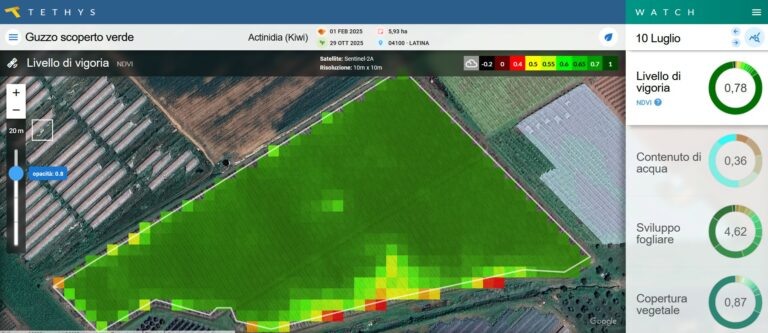
Water under control: daily water balance to avoid excesses
In parallel with vegetative monitoring, each plot is analysed with the module TETHYS Aqua, That daily calculates the actual evapotranspiration and constructs the water balance. This allows you to verify whether the irrigation volumes administered actually correspond to the plants' needs.
The data collected in the months of February And March show how the rains initially covered the water needs, but already since April it has been necessary to resort to irrigation. Attention now shifts to the months of August And September, when – close to the harvest – the greatest irrigation inputs from the companies are concentrated. This will be the key period to check whether any excess irrigation can be related to episodes of kiwifruit mortality.

Towards a more precise agronomic knowledge
The data collected so far are contributing not only to real-time monitoring, but also torefinement of kiwi cultivation parameters within the TETHYS system. In particular, the following are being defined in greater detail: timing of the phenological phases as a function of the soil and climatic conditions and the cultivation techniques adopted.
This information will constitute a solid foundation for building increasingly accurate decision support tools for kiwifruit management, and they may also be useful for targeted agronomic interventions in the fight against die-off.
The project continues, and with it the quantity and quality of available information is also growing. One step at a time, the kiwi becomes an increasingly legible culture, predictable and – hopefully – resistant.



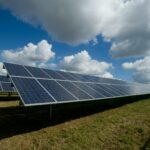
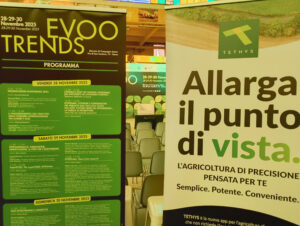
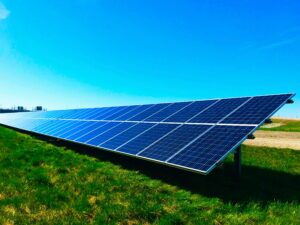
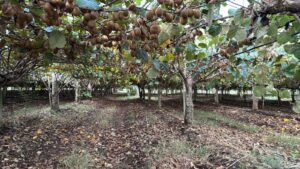
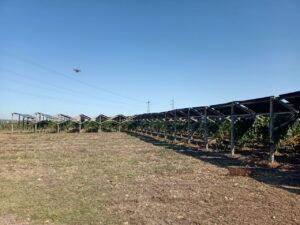
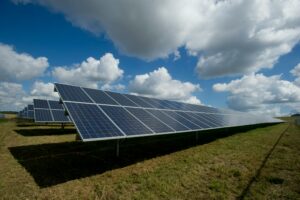

Add comment
You must be logged in to post a comment.